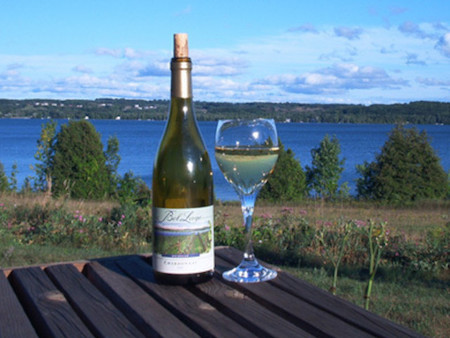Wineries of Northwest Michigan, a significant grape growing region, have strategically combined forces for a new initiative to create a brand that highlights the wines being grown in that area. The new branding campaign is called Traverse City Wine Coast.
“Promoting our wine region as one, and connecting it to the Traverse City brand, will have a huge impact moving forward,” says Trevor Tkach, president and CEO of Traverse City Tourism. “We have a fantastic wine region that stands out among other regions across the country, not only for the high-quality wines we are growing here but also for everything else that goes with it — a beautiful region, one of the top foodie towns, and our outdoor recreation.”
In partnership with TC Tourism, Traverse Wine Coast also launched its first Traverse City Uncorked event, which included a variety of events across the region throughout May, which is Michigan Wine Month. Traverse City Wine Coast focuses on national promotion, media relations, and increasing the local wine presence. While these objectives now have a combined focus, both the Leelanau Peninsula Wine Trail and Wineries of Old Mission Peninsula will continue to operate on other tasks as they have previously.
“It really makes sense,” adds Karel Bush, executive director of the Michigan Grape and Wine Industry Council, “With the two regions coming together, it will open a lot of doors with additional resources for each region to achieve its goals.”
The Traverse Wine Coast is home to two American Viticulture Areas (AVAs), each located on the Leelanau and Old Mission peninsulas. 35 wineries are located within what are diverse microclimates uniquely suited for different varieties of wine grapes, including Riesling, pinot griot, chardonnay, pinot noir, and cabernet franc.
The microclimate prevents grapes from budding prematurely during the spring due to cooler air temperatures — the result of cold water in Grand Traverse Bay during the winter — while into the fall the same water stays warmer longer, which extends the growing and harvest season by a few weeks.






